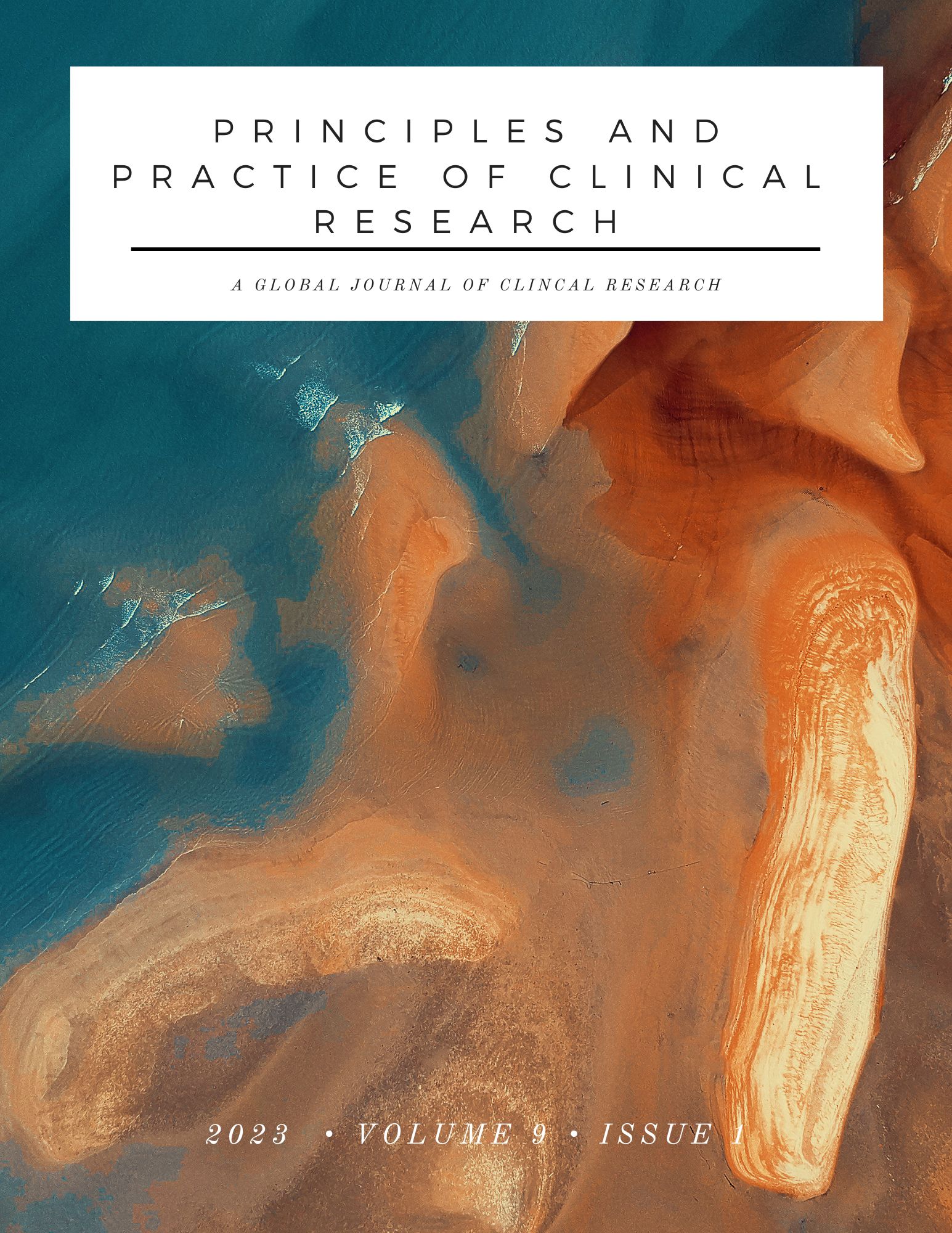Health Professional’s Experience Of Telehealth Usability In The Care Of Patients With Non-Communicable Diseases (NCDS), From The COVID-19 Pandemic Onwards: A Cross-Sectional Study Protocol
Main Article Content
Abstract
Introduction: Even with the increased use of telehealth from the COVID-19 pandemic onward, there needs to be more knowledge about its usability for patients with non-communicable diseases from the point of view of the health professional, which is the main objective of this study. The secondary objectives will be to describe the user’s profile, discuss the usability of telehealth in different contexts and correlate it with the characteristics of the user’s profile.
Methods: Protocol of the cross-sectional, prospective, multicenter, international study involving Brazil, Ghana, Honduras, and the United Kingdom. We will evaluate the usability of telehealth systems with an electronic form with the usability questionnaire of the Usability Scale System (SUS). The study has obtained ethical approval in each country and will be carried out independently. This analysis will consider the use context, such as country and geosocial conditions, age, gender, profession, and user experience. We will analyze usability (continuous dependent variable) with simple statistics with measures of central tendency. We will use ANOVA/Kruskal Wallis to analyze the usability difference between countries. If there are differences, we will use Bonferroni post hoc tests (p<0.05). We will use the Pearson/Spearman correlation coefficient to correlate the characteristics of the user’s profile with usability. If the dependent variable data are normally distributed, we will use linear regression to correct for known confounders.
Discussion: Studying the usability of a system allows for understanding the subjective factors that determine its practical use, improving the experience of human-computer interaction.

